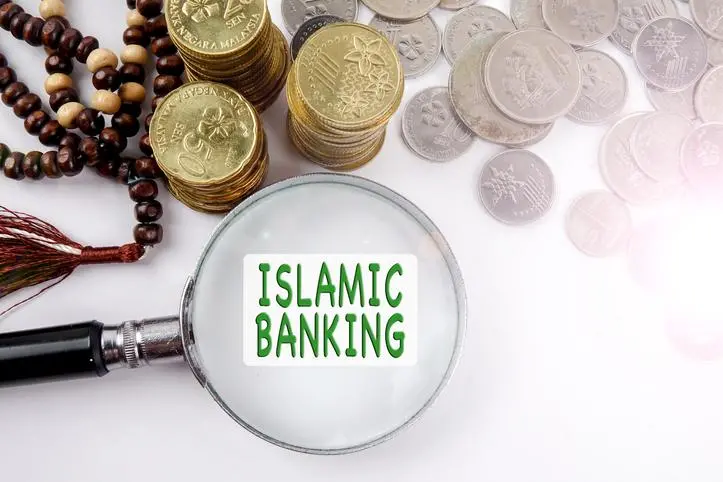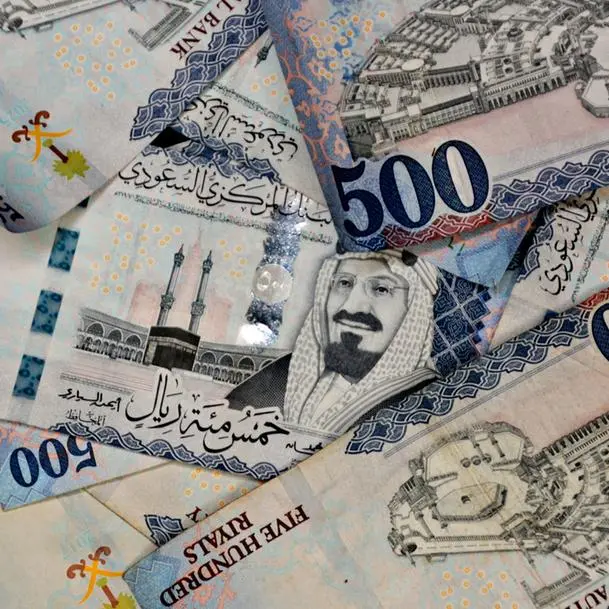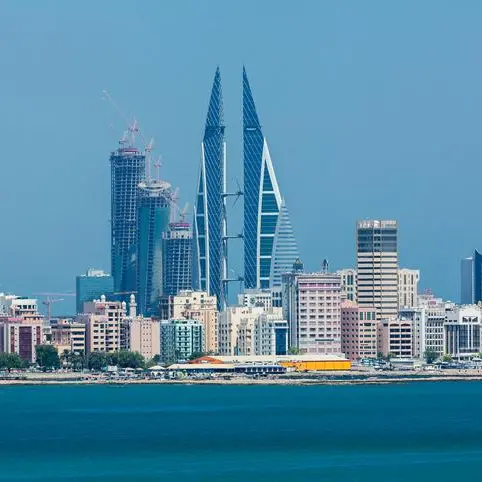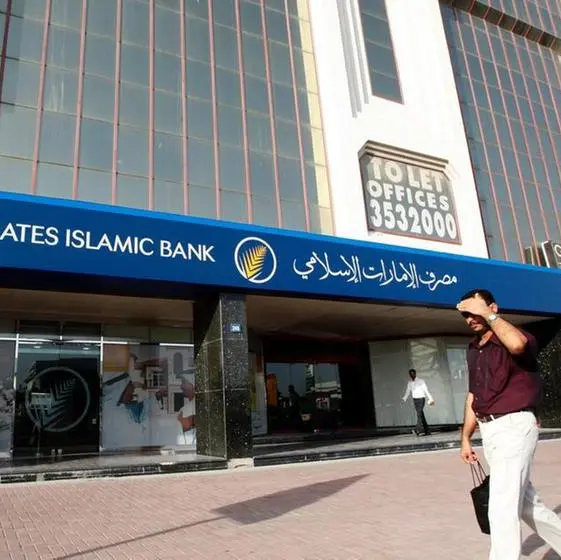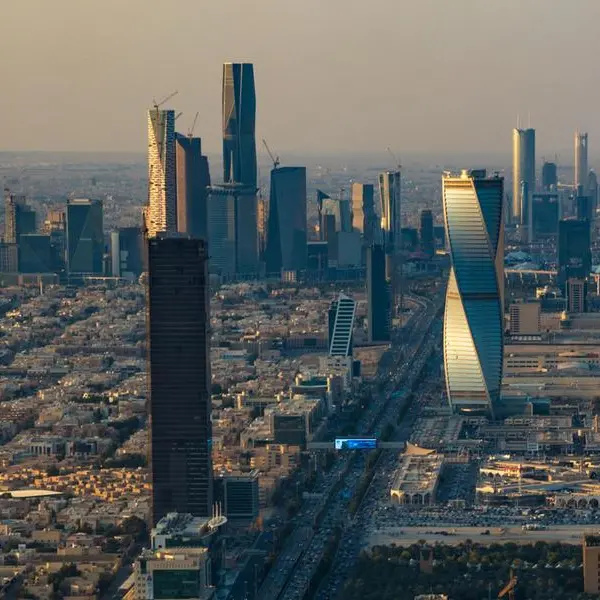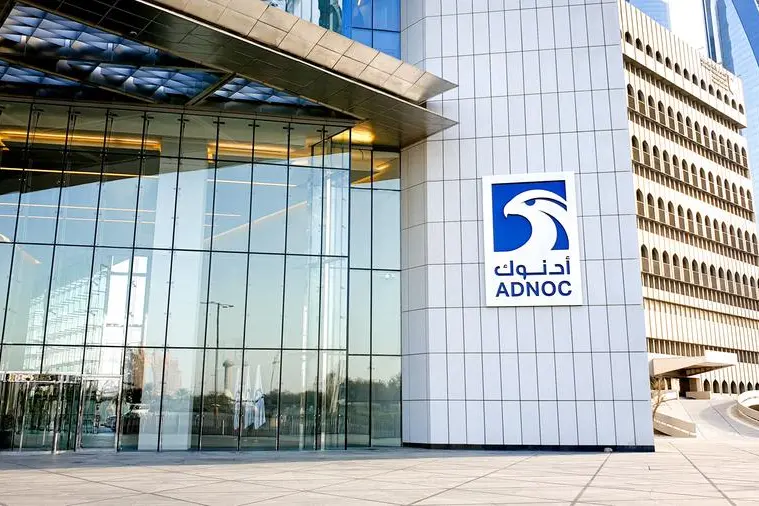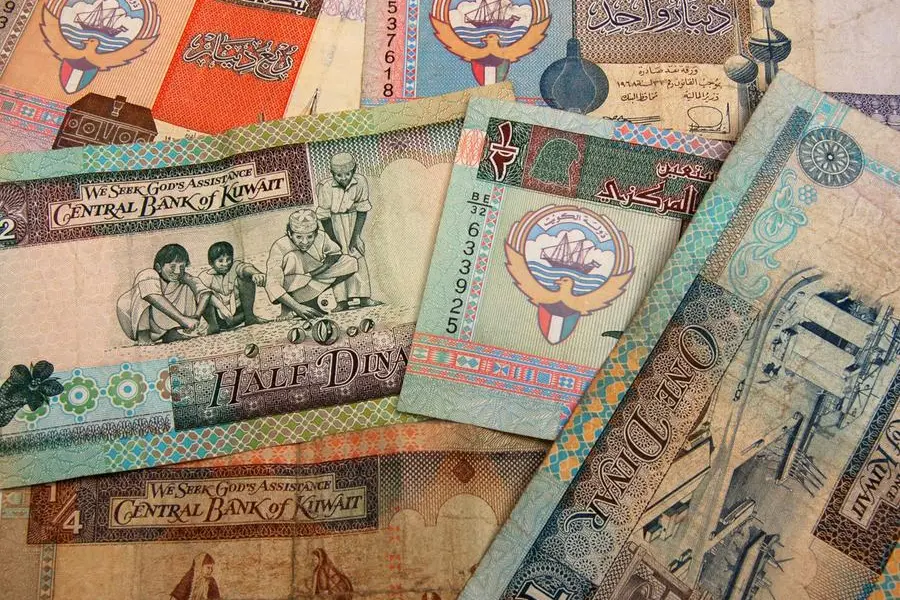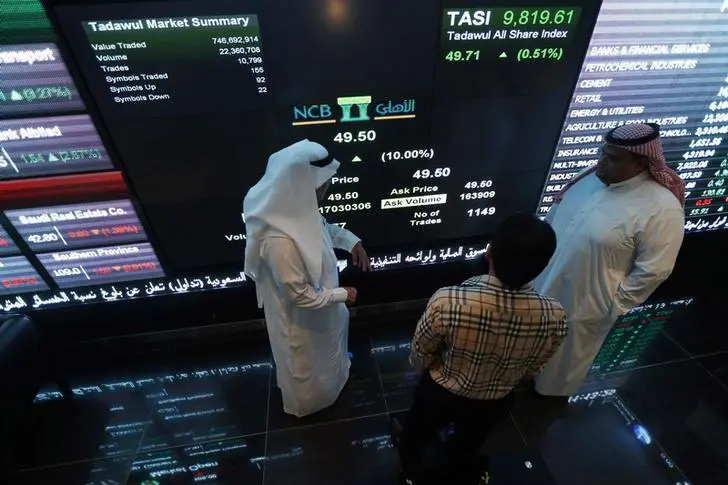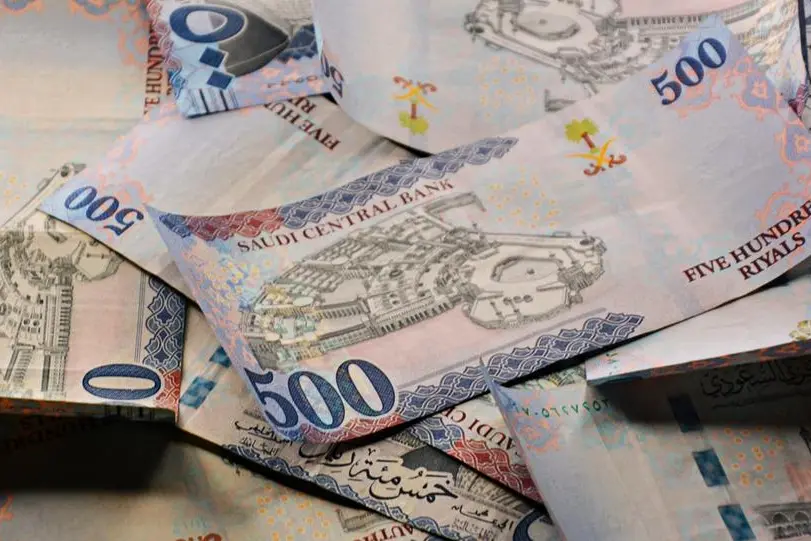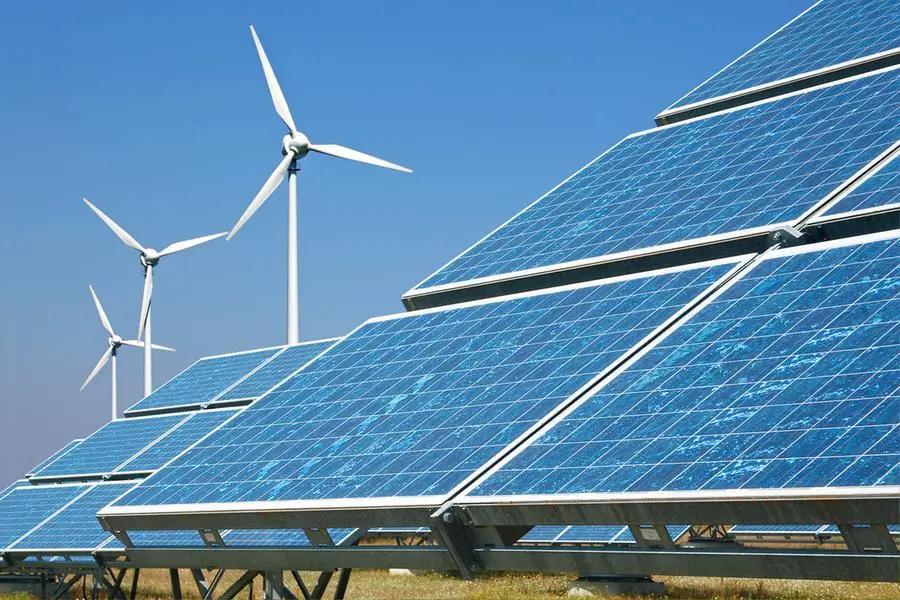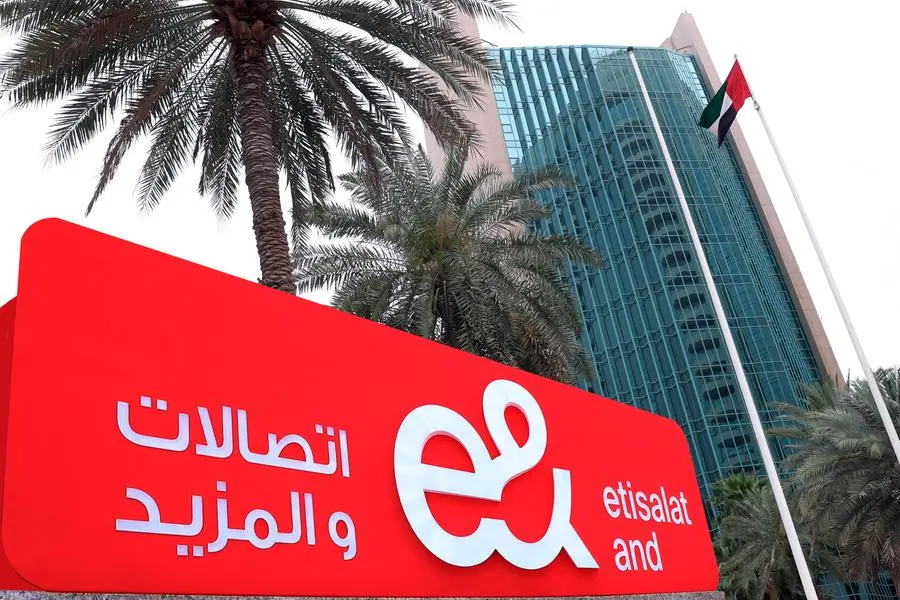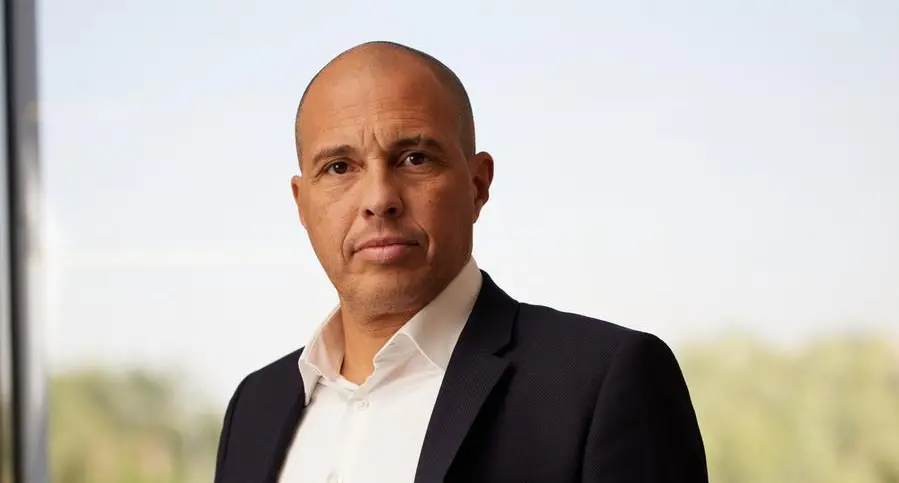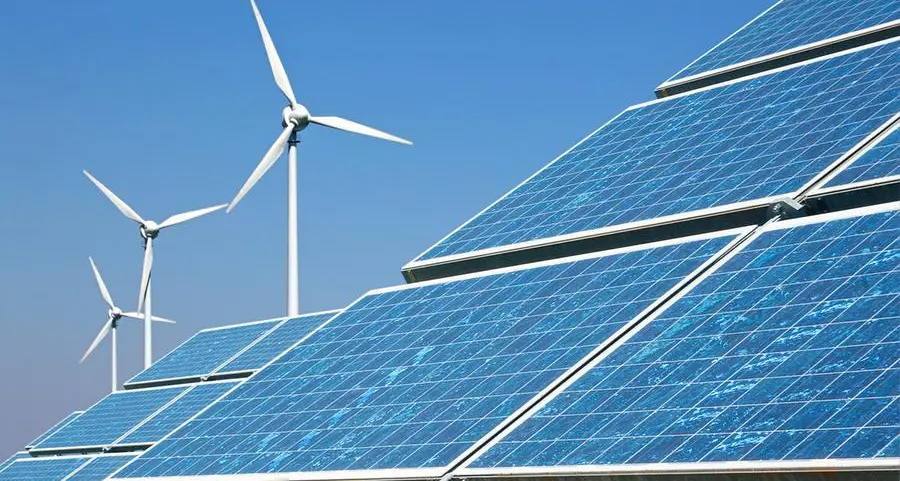PHOTO
Islamic bank mergers and acquisitions are expected to rise in the GCC in the short to medium term, driven by the search for competitive advantage to access growth opportunities and build low-cost deposits, according Fitch Ratings.
“The region is over-banked, and therefore we expect consolidation to continue in all countries,” Redmond Ramsdale, Head of Middle East Bank Ratings and Islamic Banking at Fitch Ratings, told Zawya. “Bahrain, in particular, provides opportunities for M&A, as fragmentation [there] is greater than [in its] regional peers, with a large number of banks resulting in strong competition and weak pricing power. The Bahraini authorities are supportive of M&A, but sound profitability and a lack of common shareholders often prevent tie-ups.”
According to Ramsdale, newer and smaller Islamic banks are more vulnerable to M&A due to weaker franchises, weaker pricing power, higher funding costs and thinner capital buffers.
“Nevertheless, a lot of historic M&A has been about creating new Islamic national or regional champions, as with Kuwait Finance House’s acquisition of Ahli United Bank. We would expect this to continue to be the case,” he said.
In 2022, Kuwait Finance House (KFH), Kuwait’s largest Islamic lender, acquired Ahli United Bank (AUB), a Bahrain-based conventional bank, for $11.6 billion, giving a boost to the kingdom’s Islamic banking sector. KFH converted AUB and its subsidiaries into fully sharia-compliant entities across Bahrain, Egypt and the UK.
Last year, following reports that the banking group was considering buying a majority stake in Saudi Investment Bank in a bid to expand its regional footprint, KFH said in a bourse filing that it was “conducting careful studies” for potential expansion opportunities into Saudi Arabia.
Ramsdale referred to the deal between KFH and AUB as the creation of a new Islamic national and regional champion. “Obviously, such transactions can be complicated, particularly where you have conventional bank subsidiaries as part of the transaction, but nevertheless, we expect to see more consolidation amongst Islamic banks in 2025, particularly banks looking to consolidate their positions and build economies of scale. This could be enhanced if we see weaker operating conditions amongst higher market uncertainty and weaker oil prices.”
“In the UAE, for instance, what we have seen is a lot of the more well-established, older Islamic banks consolidating their positions by acquiring smaller, newer Islamic banks, such as DIB,” he added, referring to Dubai Islamic Bank’s acquisition of lender Noor Bank in 2019 to create “one of the largest Islamic banks in the world”, with combined assets of nearly 275 billion UAE dirhams ($74.9 billion).
“What is even more interesting, though, is seeing the bigger conventional banks acquiring Islamic subsidiaries, and really, the dynamic behind this is to help them achieve better growth,” he added.
Last month, Emirates NBD, the UAE’s second largest lender, initiated a mandatory cash offer to acquire the remaining 0.11% stake in the Dubai-listed Emirates Islamic Bank (EIB) at 11.95 UAE dirhams per share, totalling approximately 69.8 million UAE dirhams.
Emirates NBD already holds 99.89% of EIB’s shares, so the acquisition would result in full ownership of the Islamic lender, and its shares would be delisted from the Dubai Financial Market (DFM) upon completion of the deal.
“We have seen examples in Oman, Qatar and the UAE of conventional banks acquiring Islamic subsidiaries to gain better access to Islamic markets, and often to increase their growth opportunities,” Ramsdale said, adding: “In all the Middle East markets, we are seeing stronger financing growth at Islamic banks than at their conventional peers due to continued broader adoption and better awareness, better product offerings and innovative structuring of Shariah-compliant products, as well as fast-growing franchises in some newer Islamic banks.”
(Reporting by Bindu Rai, editing by Seban Scaria)
